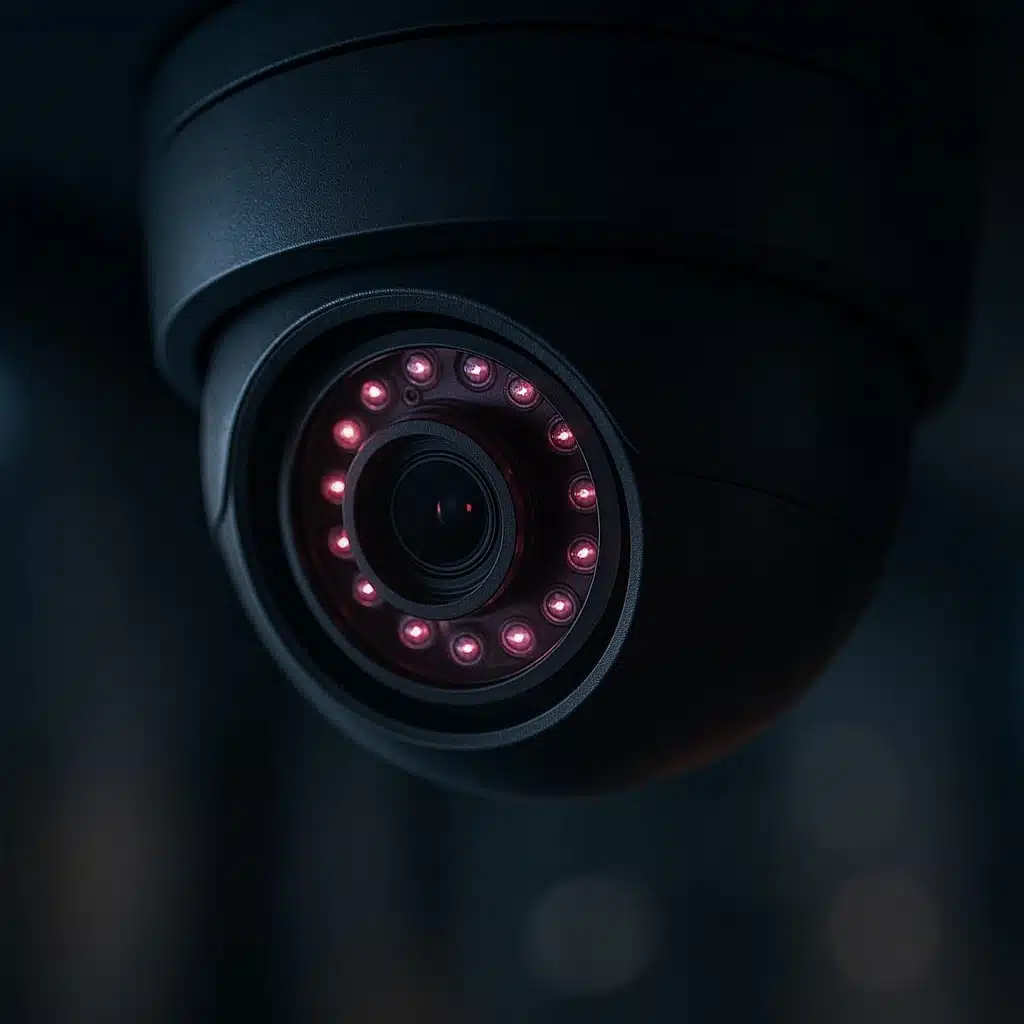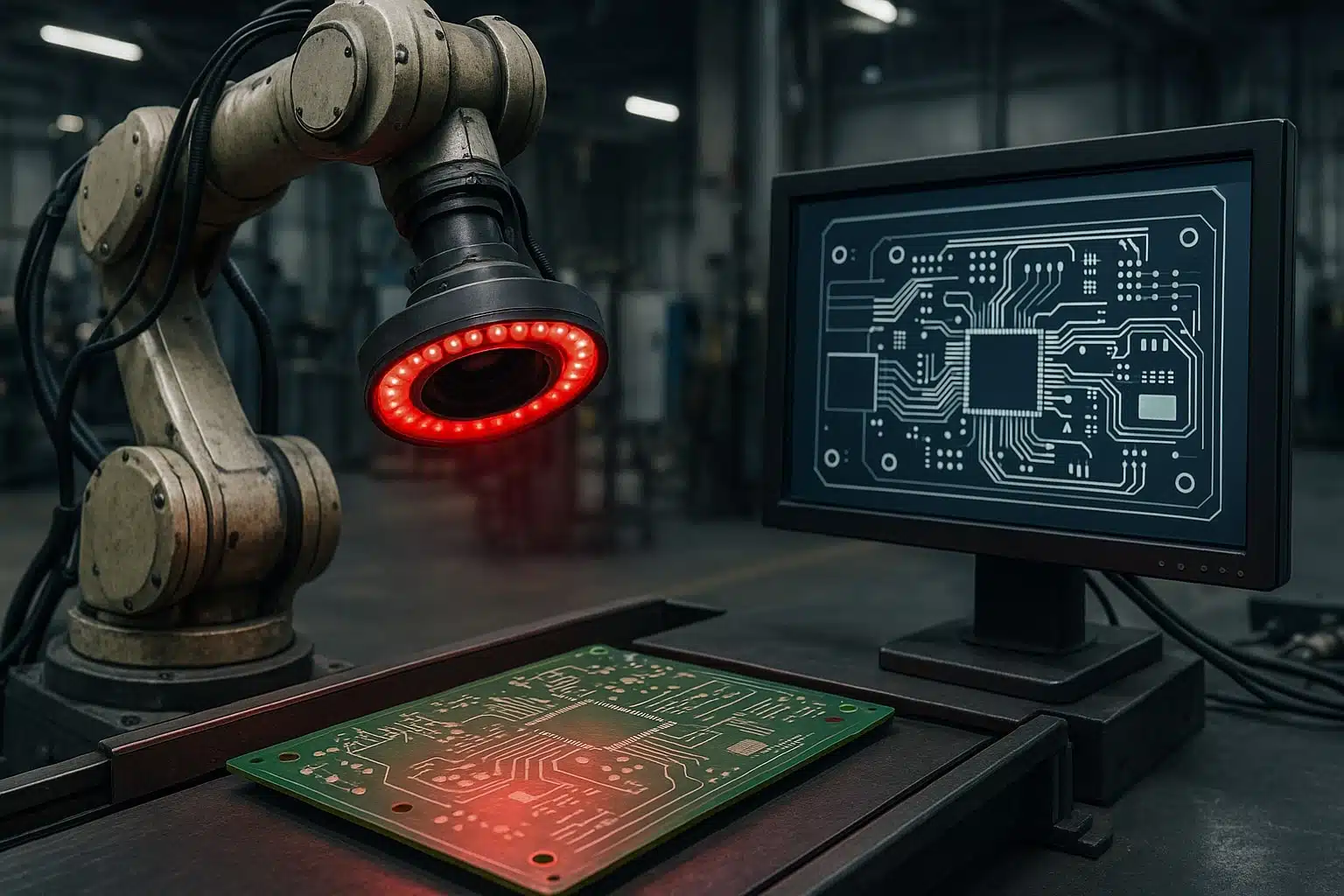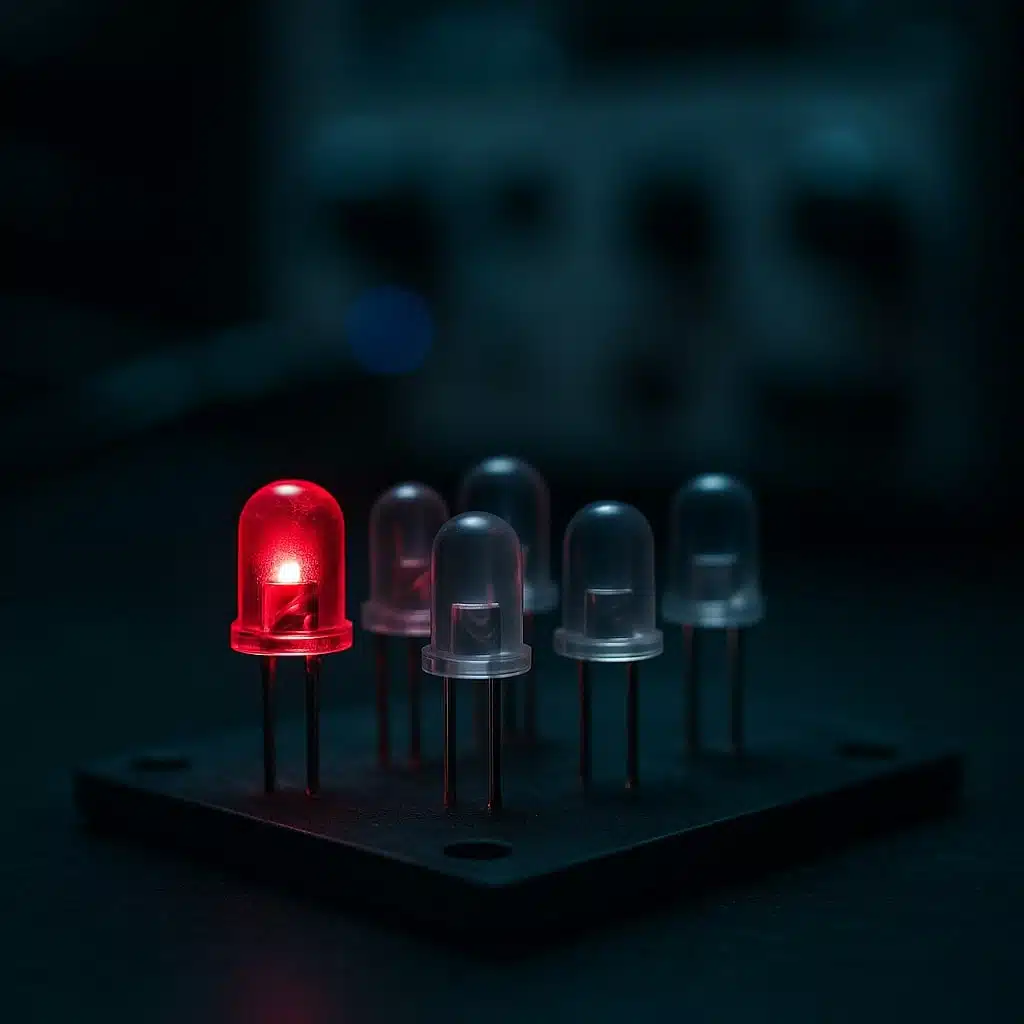1. Introduction to Infrared LEDs Defining IR LEDs: Invisible Light, Wavelengths, and Basic Function Infrared Light-Emitting Diodes (IR LEDs) are specialized semiconductor devices engineered to emit infrared (IR) radiation. This form of electromagnetic radiation possesses wavelengths longer than those of visible light, typically spanning a range from 700 nanometers (nm) to 1 millimeter (mm). A…
Tech-Led Blog
Infrared & NIR LEDs
-
-
TLDR: Quick Overview of IR LEDs Infrared (IR) LEDs are semiconductor devices that convert electricity into invisible infrared light. This occurs through electroluminescence, where electrons and holes recombine in a direct bandgap material like Gallium Arsenide (GaAs), releasing energy as photons. Unlike visible LEDs, IR LEDs emit longer wavelengths (typically >700 nm), making them imperceptible to the…
-
In the rapidly evolving world of optoelectronics, near-infrared (NIR) LEDs, particularly those utilizing perovskite materials, are gaining attention in the field of optoelectronics. have emerged as critical components across a myriad of applications, from security systems and industrial automation to medical diagnostics and smart agriculture. But a fundamental question often arises for engineers and integrators:…
-
On a recent site visit to a high-tech security installation, I noticed a bank of LEDs glowing bright red on one panel, while a nearby infrared camera’s LED illuminators glowed completely unseen by my eyes. This simple scene highlights the fundamental difference: normal LEDs emit light in the visible range (so we can see them),…
-
On a recent site visit to a high-security facility, I noticed a faint red glow surrounding a surveillance camera at night. This light wasn’t from a bulb or laser but from an array of 850 nm near-infrared LEDs providing illumination invisible to the human eye. In simple terms, Near-infrared (NIR) LEDs are essential light sources…
-
Visible vs IR Emission in LEDs Contrary to common assumptions, standard LED lighting emits virtually no near-infrared (NIR) light. By design, LEDs produce light in a narrow visible band (roughly 400–700 nm) rather than across the infrared spectrum. In fact, engineers and lighting experts emphasize that standard white LEDs generate essentially no IR in the beam….
-
In many industries, near-infrared (NIR) LEDs are transforming how machines illuminate and sense. These LEDs emit invisible light (700–1000 nm) and are extremely efficient, contributing to sustainability. For example, Marktech Optoelectronics notes their NIR LED designs *”minimize energy use and carbon footprint.”* In practice, switching to NIR LED lighting and sensing can dramatically cut power…
-
Multiple near-infrared LEDs on a test board. The 850 nm LED (left) faintly emits a red glow, while several 940 nm LEDs appear dark to the human eye. Near-infrared LED technology has emerged as a powerful successor to legacy infrared illumination methods. But how do the costs stack up when considering the power supply for NIR LEDs?…
-
In today’s security and sensing landscape, near-infrared (NIR) LEDs play a crucial role in everything from surveillance cameras to industrial sensors. Selecting the right NIR LED for your business needs can significantly impact the performance and reliability of your systems. In this comprehensive guide, we’ll walk through the key factors to consider – from identifying…
-
Current Use of NIR LEDs in Industry Near-infrared (NIR) LEDs have already become workhorses in industrial settings. They serve as invisible illuminators and sensors in machine vision systems, production line monitors, and automation sensors. For example, factories employ IR LED spotlights and ring lights to enable machine vision cameras to inspect products for defects without…
-
What Is a Near-Infrared LED? A near-infrared (NIR) LED is a light-emitting diode that outputs invisible infrared light typically in the 700 nm to 1000 nm wavelength range, just beyond the deep red portion of the visible spectrum. Like any LED, it’s a semiconductor device: when forward-biased, electrons and holes recombine to emit photons of light. The…
-
As a Sales Manager at Marubeni, I’ve had the privilege of working with incredible engineers and businesses for over 10 years. Throughout this journey, I’ve seen firsthand how transformative Infrared (IR) LEDs can be across a wide variety of applications—from industrial sensing to medical diagnostics and security systems. Our IR LEDs are not just components;…


